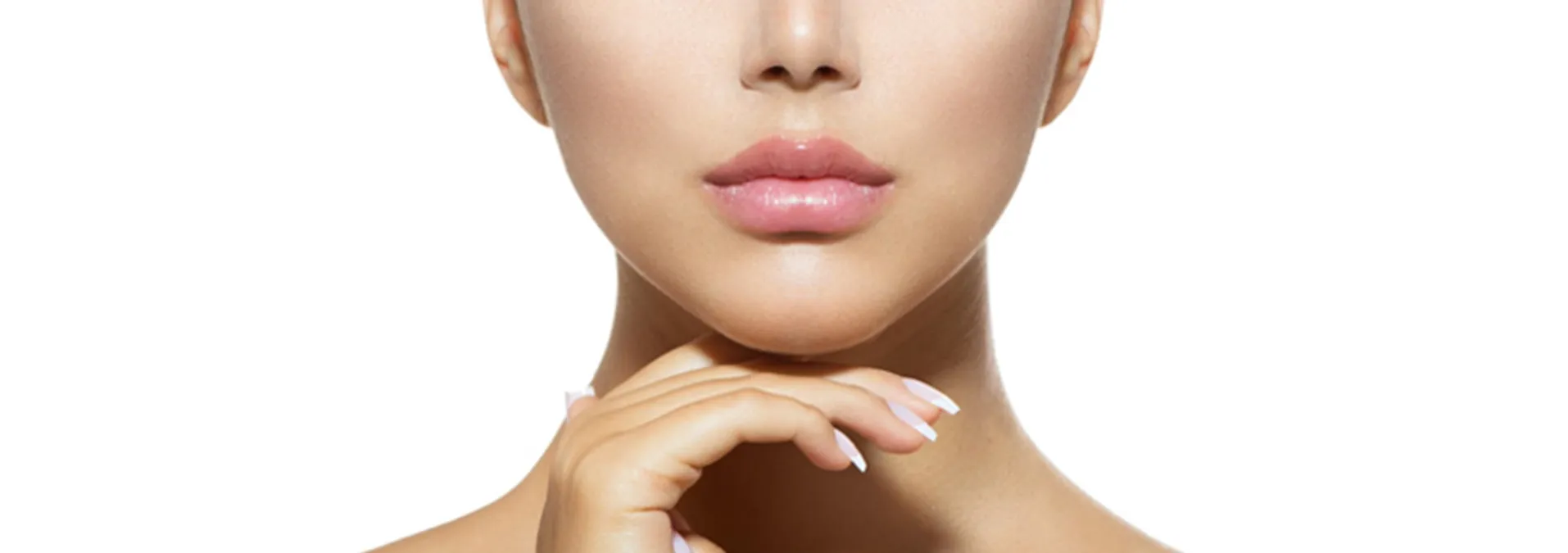What Should Be Considered Before Chin Implant Surgery?
Since smoking increases the risk of postoperative infection and delays the healing process, patients are recommended to quit smoking at least 3 weeks before.Aspirin and its derivatives drugs should be discontinued one week before the operation .
What are the Advantages?
Placement of permanent jaw prosthesis compared to temporary fillings provides a stronger and stable jaw appearance. Unlike filling, this operation is a life-long process that does not require repetition. This operation can be performed in combination with aesthetic surgeries such as rhinoplasty surgery. In this way, it is possible to obtain a proportional profile within the framework of profiloplasty. There are many implant options suitable for each patient's jaw shape and structure. For this reason, it is easier to choose the most suitable jaw implant for the patient.
An important issue that should be considered is that for some patients, different surgical options can be preferred. If a jaw formation is extremely weak or if the chin functionality is not normal, the jaw bone is considered to be a more suitable option. This type of operation is only performed by cutting the patient's own jawbone. Although, of course, there is a much longer process of healing, in some special cases, the results that are not possible with a chin implant can only be achieved with such an operation. This subject will be evaluated together with the aesthetic surgeon. Processes are different. It is important to inform the patient in detail and prepare for operation.

What is the Chin Augmentation Filler?
Chin augmentation with filler is a non-surgical cosmetic procedure designed to enhance the appearance of the chin without the need for invasive surgery. During this treatment, a hyaluronic acid-based filler substance is strategically injected into specific areas of the chin using a fine needle. This filler adds volume and definition to the chin, making it appear more pronounced and harmonious with the rest of the facial features. The procedure is relatively quick, minimally painful, and requires little to no downtime, making it a popular choice for those seeking subtle but noticeable improvements in their facial profile. While the results are not permanent and typically last several months to a year, patients appreciate the ability to achieve a more balanced and attractive chin without the commitment and recovery associated with surgical alternatives.
